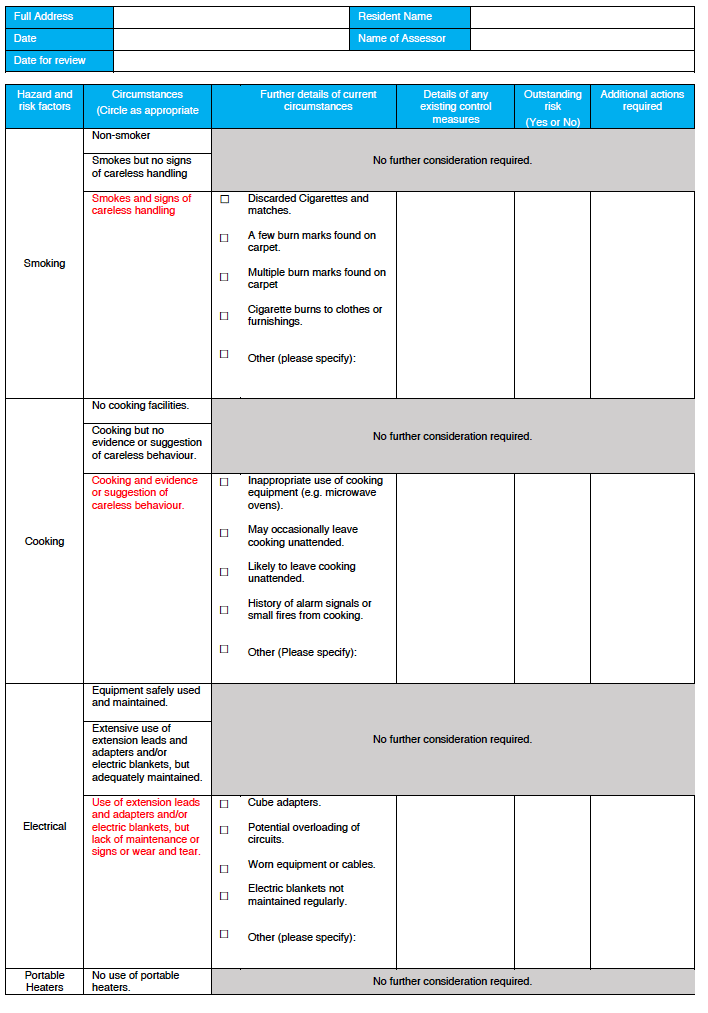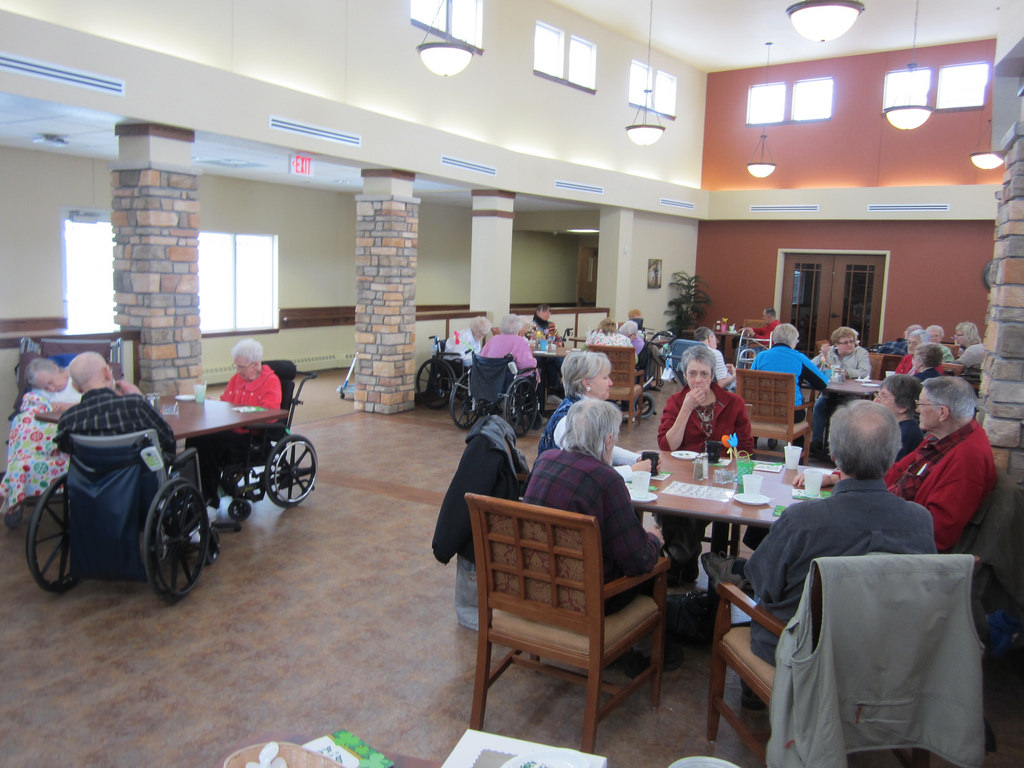Person-Centered Care for Nursing Home Residents: The Culture-Change Movement
Table of Content
However, there is no established method to operationalize or measure person-centered communication (Edvardsson & Innes, 2010). Current measures are limited by the lack of conceptual frameworks and definitions, reliance on patient outcomes as proxy measures , divergent perspectives , and limitations related to usability and credibility (Edvardsson & Innes, 2010). Regular meetings with residents and families – By living in a nursing home, residents are likely to see caregivers more than their own families. To mitigate loneliness, you should visit with residents regularly to ask about their careers, their families, or any interesting stories from their youth. When possible, meet with family members to learn about any cultural nuances and incorporate family preferences into the resident’s care.
Changes in staff elderspeak use were predicted by the staff baseline elderspeak use as well as by the CHAT intervention (Williams et al., 2016). Person-centered care is an approach to patient care that places the patient’s needs and desires first. It focuses on understanding each person and focusing their treatment plan around preferences and culture. This type of care is important for nursing homes because it can improve the quality of life of residents.
Person-Centered Communication for Nursing Home Residents with Dementia: Four Communication Analysis Methods
Psycholinguistic analysis requires transcripts of communication and training of research assistants in transcription and utterance segmentation conventions and to identify elderspeak markers. Training required time, review, and computation of agreement between coders, discussion of disagreements, and continued monitoring and retraining. In this study, psycholinguistic analysis of diminutives and collective pronoun substitutions was used as an alternative measure of elderspeak. While inter-rater reliability can be accomplished, findings suggest that psycholinguistic analysis is less sensitive than behavioral analysis of elderspeak. Future studies can explore other verbal indicators of elderspeak or person-centered communication. This analysis used video recordings of the CNA caregiving process with residents on two days during morning care at baseline, post-intervention, and 3-month follow-up.

“It is only by knowing a person that you can figure out what matters to them,” said Dr. Mike Wasserman, former President of the California Association of Long Term Care Medicine. In his recent appearance on the LTC Heroes podcast, Dr. Wasserman discussed the field of geriatrics and its relation to person-centered care. He also explained why he emphasizes the need for long-term care administrators to collaborate with clinical professionals and implement a person-centered approach in nursing homes. The complexity of interpretation required for the other analyses makes easy usage of automation in practice unlikely. To overcome this limitation, vigorous testing of intervention effects, using measures such as the ones used in this study, could be used to establish effectiveness, eliminating the need to analyze communication outcomes in each practice setting.
Person-Centered Care and Person Centered Services
The QAPI team should review trends related to resident choice and safety, particularly when residents are routinely denied requests, or when the QAPI team identifies patterns of community care practices that might be improved by performance improvement action plans. The interdisciplinary team will monitor the progress of the plan and its effects on the resident’s well-being and ongoing desire to continue with the choice. The team will work with the resident to revise the plan as needed and desired by the resident. A person’s needs and preferences change over time, and so will a person's expressions of them. Care plans and staff should be flexible, as people have the right to change their minds.

Of course, this type of care is not just limited to patients in acute care but rather includes residents in long-term care facilities as well. Health care providers who take this approach to care are able to optimize the patient experience by providing patients and family members with ample opportunity to assist in making medical choices. Under person-centered care, all clinical decisions are made with empathy and deep respect for patient values, preferences, and rights. Effects of the CHAT intervention were maintained 1-month post-intervention; however, by 3-months, most measures trended toward baseline. Future research should use communication analysis to further identify the duration of effect for CHAT and other communication training programs. Re-training and booster sessions may be needed to maintain intervention effects over time.
Radical redesign of nursing homes: applying the green house concept in Tupelo, Mississippi.
56 care homes are currently connected to view the Connecting Care shared care record. Psycholinguistics is grounded in education and philosophy and focuses on coding and encoding in cognitive and linguistics processes used in generating grammatically correct and meaningful sentences (Osgood, Diebold, & Sebeok, 1965). This approach has been used in child language development and cognitive aging research (Kemper, 1990; Kemper, Anagnopoulos, Lyons, & Heberlein, 1994; Rosenberg, 2014). ScheduleAnywhere ScheduleAnywhere employee scheduling software gives nurses, staff, and administrators 24/7 access to up-to-the-minute schedules anytime, anywhere. Safely Welcoming Visitors to Senior Care Facilities Allowing visitors back into these buildings is full of new challenges, and the following tips can help facilities to keep residents, staff, and visitors safe as they start to open up their doors again.
This disagrees with previous findings where changes in these metrics were significant (Williams, 2006; Williams et al., 2005; Williams et al., 2003) and may be due to the small sample and use of conservative nonparametric statistics. Alternatively, these aspects of communication may be more difficult to change and may have received inadequate emphasis in the CHAT program. In this study we included CNA participants who attended at least 2 of the 3 sessions. Mandatory attendance at all sessions may assure that all staff person receives complete training content and additional content focusing on communication tone and topics may be needed. Increasing person-centered topics may be difficult for busy CNAs with heavy work assignments who must accomplish care tasks.
As you introduce these new dishes, eliminate any old ones that residents do not enjoy. Slowly but surely, you will be able to organize a full menu of dishes that all residents enjoy. Additionally, consider increasing the number of dishes offered at each meal to give residents more choices.

Person-centered communication recognizes the individual as a person and responds to the individual’s feelings, preferences and needs. This secondary analysis tested four interdisciplinary strategies to measure changes in person-centered communication used by nursing home staff following an intervention. Thirty-nine nursing assistants were recruited from eleven nursing homes and participated in the three-session Changing Talk communication training. Video recordings were collected at baseline, immediately post-intervention, and at 3-month follow-up.
Person-centered communication includes subjects specifically to the resident’s past, family, or life. Superficial conversation is not focused towards a specific resident, like talking about the weather. Research assistants were trained using operational definitions of each topic on practice transcripts and group discussion of disagreements until inter-rater reliability reached 90% or greater.

However, limiting the focus on select aspects of communication may be the most feasible and effective for busy staff. The scale consists of eight descriptors that are used to rate communication capturing both controlling tone and person-centered tone. Directive, bossy, domineering, and controlling are descriptors for the control dimension.
The traditional management hierarchy should be flattened, with frontline staff given the authority to make decisions regarding residents’ care. Staff should have the authority, and the necessary training, to respond on their own to residents’ needs. For instance, larger nursing units with 40 or more residents would be replaced with smaller "households" of 10 to 15 residents, residents would have access to refrigerators for snacks, and overhead public address systems would be eliminated. Training Plans in QSEP empower surveyors to take charge of their learning by providing clear, specific pathways to access, navigate and complete training that is provided in an organized, structured format. QSEP is an online platform that empowers learners to lead and manage their own learning in order to master the content.

This may take the form of meetings with patients or their family members, where they are given updates on how the patient is doing and what services will be provided. It might also involve meeting one-on-one to obtain feedback from the patient about care so that it can be improved over time. Additionally, communication is required for health care professionals to provide patients with information about their treatment options so that they can make informed decisions for themselves. Content analysis for communication topic also requires transcription of communication. Research assistants require similar training as psycholinguistic analysis.
Comments
Post a Comment